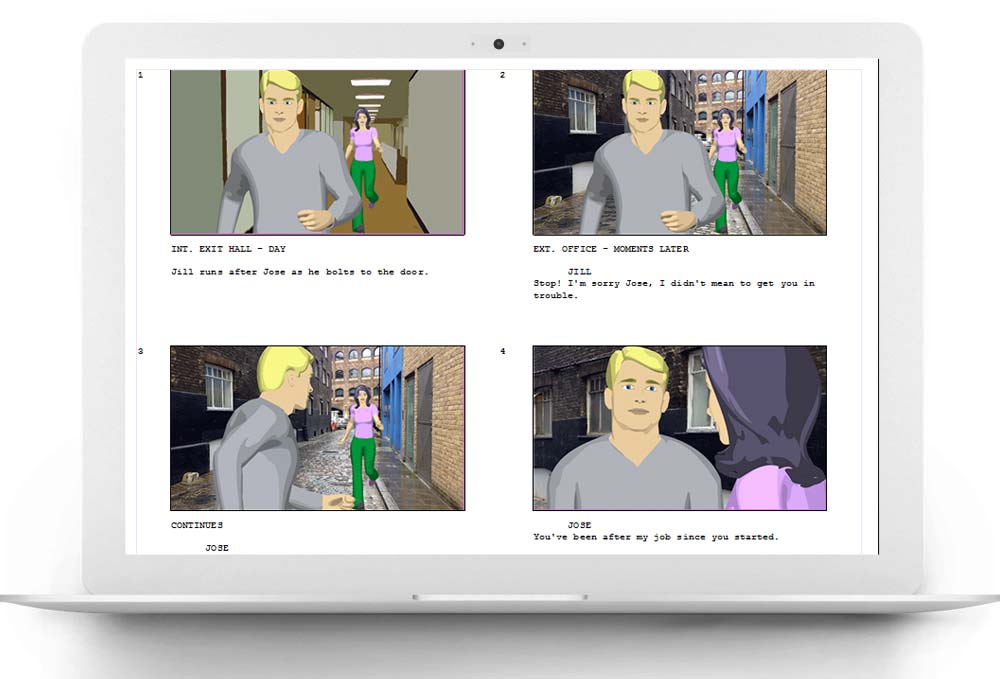

Because the development and review processes are so much easier with this method, the overall course creation time is shorter. All that’s left to do is make your content look nice and add interactivity. Because the content is already on the slides, there’s less margin for error because the developer doesn’t have to copy and paste content or interpret your explanations for how things should be laid out. If you’re passing on the storyboard to a developer, it’s much easier when it’s created in Storyline 360.

There’s something about being able to click through the slides that makes it easier to ensure the content flows seamlessly together. And even though you could use PowerPoint slides, you’re still missing the interactive component. Designing a storyboard using a Word document can be pretty abstract. Making the design process more intuitive.

This has a number of benefits, including: When you storyboard directly in Storyline 360, you create something stakeholders can click through and experience-called a prototype. Here we go! Why Storyboard Directly in Storyline 360?
#Storyboard quick 6 full version how to#
But have you ever tried storyboarding directly in Storyline 360? In this article, we’ll walk you through why and how to do just that. If you’re like most designers, you probably use tools like Word or PowerPoint for your storyboards. Once the storyboard is ready, you send it to stakeholders for approval before moving on to the next phase of course creation. It’s when you draft and organize the text and multimedia content for your course into a document, creating the blueprint for the course itself. Images often have a foreground, middle ground and background layer.If you’ve ever created e-learning projects in slide-based apps like Storyline 360, you know storyboarding is a critical up-front part of the e-learning design process. It helps to establish a sense of location, while also adding an element of depth to your images. Layering is the process of setting up subjects within different layers of a frame. The image on the left shows a long shot, with the image on the right showing a close-up. Too much of the same thing will quickly become dull and repetitive. Don’t upstage your characterĪdding in staging elements and color helps convey the mood you're after, but shouldn’t distract from the story. Look at your scenes without any detailed linework, and you'll quickly discover whether or not your action is understandable. Silhouetting a character can be a helpful way to see if your shots make sense. Morning is more optimistic, whereas late evening can suggest urgency or suspense.

Setting a scene during a particular time of day will evoke a feeling in your audience. Here are a few things to consider: Choose a time of day What mood do you want your piece to have, and how can you communicate it? Framing, color, and video transition effects are all great ways to amplify emotion that might be missing from the script. Now that you've finalised your storyboard, it's the perfect time to consider subtler visual cues. Looking for storyboard inspiration? Check out our favorite storyboard examples.


 0 kommentar(er)
0 kommentar(er)
